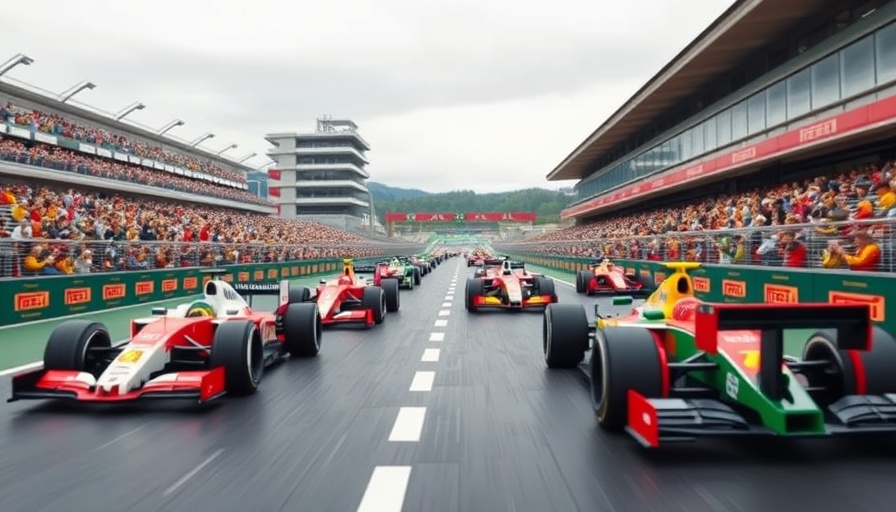
The Intersection of LEGO and Formula 1: A Cultural Phenomenon
In the vibrant world of motorsports, collaborations often lead to groundbreaking experiences that delight fans. No collaboration has made a splash quite like the recent partnership between LEGO and Formula 1, where the two entities merged creativity and engineering to create an extraordinary spectacle at the Miami Grand Prix. This initiative not only showcases the architectural marvel of life-size LEGO cars but also highlights the fascinating interplay between two seemingly different fanbases—motorsport enthusiasts and LEGO aficionados.
The Epic Build: 22,000 Hours of Creativity
Imagine dedicating 22,000 hours to assemble 10 life-size Formula 1 cars using 4 million colorful LEGO bricks. This impressive feat was accomplished by a dedicated team of 26 builders, showcasing not just creativity but also an understanding of engineering principles. Each car, adorned in its race team colors, weighs twice that of an actual F1 car and contains around 400,000 bricks. Armed with electric motors and real Pirelli tires, these massive sculptures not only look good but are engineered to move, bringing a new dimension to the LEGO experience.
Fostering Community and Play: Uplifting Fan Experience
The partnership between LEGO Group and Formula 1 is not just about building cars; it’s about building communities. Emily Prazer, F1's chief commercial officer, expressed her excitement about how this collaboration empowers fans to dive deeper into the mechanics and technology of the sport through imaginative play. By allowing fans to create and interact with the world of F1, LEGO transforms what could be a passive viewing experience into an engaging and participatory event.
Bridging Demographics: A Surprising Overlap
One of the most intriguing aspects of this initiative is the overlap between the two brands’ fanbases. Traditionally, LEGO attracts a diverse demographic, ranging from young children to collectable enthusiasts, while Formula 1 caters to adult motorsport fans. However, as this case illustrates, the enthusiasm for creativity and engineering exists across age groups. Both LEGO and F1 epitomize excitement and innovation, creating a unique bond among fans who appreciate both worlds.
Future Insights: Beyond the Miami Grand Prix
What does this monumental collaboration signify for the future? As brands continue to explore unconventional partnerships, there is ample opportunity for them to engage with audiences in fresh, exciting ways. The success of the LEGO and F1 partnership could inspire similar ventures across various industries, where creativity meets functionality. It represents a promising future of interactive experiences, where fans can engage with their favorite pastimes beyond the conventional boundaries.
Final Thoughts: Engaging Fans on a New Level
The unveiling of life-size LEGO F1 cars at the Miami Grand Prix is a significant leap that bridges the gap between engineering, creativity, and fan engagement. It tells a story of innovation, commitment, and the power of imagination. As technology continues to advance, we can anticipate even more engaging experiences that bring fans closer to their passions, be it through gaming, engineering, or live events. The LEGO and F1 collaboration is a commendable start on this exciting journey.
 Add Row
Add Row 
 Add
Add 


Write A Comment